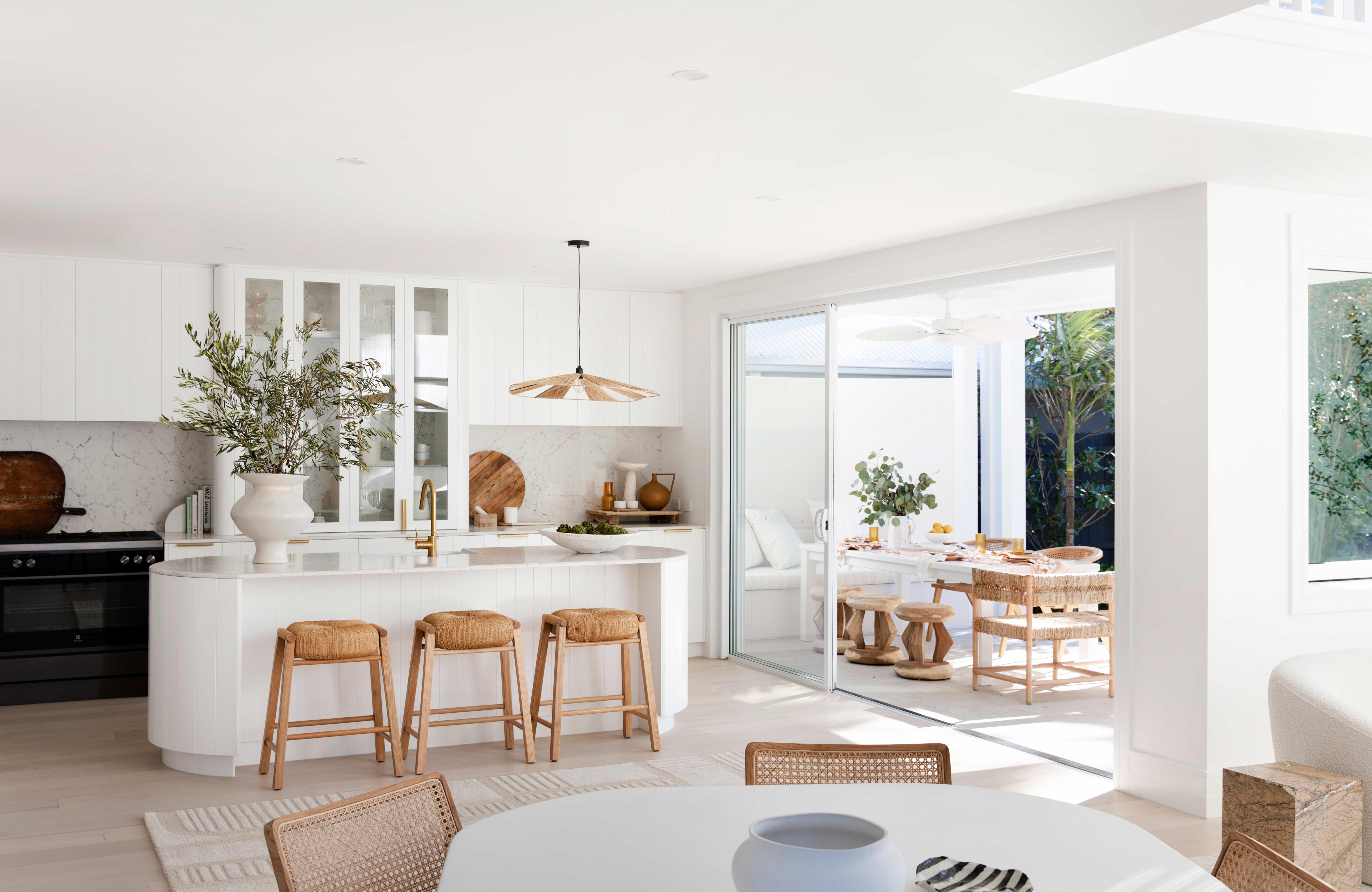Create a stunning look with miami interior design that reflects elegance and functionality.
Create a stunning look with miami interior design that reflects elegance and functionality.
Blog Article
Change Your Home With Necessary Principles of Inside Style and Aesthetic Appeals
By recognizing the influence of color concept and the significance of appearance and patterns, one can create areas that are not only visually enticing yet likewise deeply individual. Achieving this balance involves more than simple decoration; it includes a strategic setup and an eager understanding of exactly how each element interacts within a space.
Comprehending Shade Concept
Recognizing the principles of shade theory allows developers to create spaces that reverberate mentally with occupants while meeting practical requirements. Each classification plays a crucial role in establishing consistency within an area.
The mental influence of shades is extensive; cozy shades such as reds and oranges stimulate energy and warmth, while cool tones like blues and eco-friendlies promote peace and peace. Additionally, the use of corresponding colors enhances visual interest, producing striking contrasts that can elevate a space's charm.
Neutral shades, on the various other hand, work as a versatile backdrop, permitting various other design elements to shine. It is necessary to think about elements such as illumination and the room's objective when picking a color palette, as these can modify the perception of shades throughout the day.
Ultimately, a well-considered color pattern can change an area, promoting a sense of convenience and style that aligns with the residents' choices. Mastery of color concept is, consequently, an important ability for any kind of indoor developer aiming to develop unified and inviting settings.
Accomplishing Balance in Layout
Exactly how can designers accomplish a sense of balance in their areas? Achieving balance in design is basic to creating harmonious interiors. Developers can make use of 3 key kinds of equilibrium: balanced, unbalanced, and radial. Balanced balance involves organizing elements equally around a main point, cultivating a feeling of order and peace. This kind commonly includes sets of furniture or art work, enhancing aesthetic security.
Asymmetrical balance, on the various other hand, depends on differing elements that still achieve a cohesive look. This strategy enables more dynamic and casual setups, providing passion while keeping balance. By carefully picking varying dimensions, colors, and structures, designers can develop a visually engaging room that feels well balanced yet energised.
Radial balance highlights a main prime focus with components emitting exterior. This design is frequently seen in circular formats, where furnishings and decor create a cohesive surround that attracts the eye internal.
Eventually, achieving equilibrium needs thoughtful factor to consider of scale, percentage, and the connections in between aspects. Architecture Firm. By skillfully applying these balance concepts, designers can change rooms right into settings that really feel both aesthetically pleasing and functionally unified, enhancing the total experience for occupants
Importance of Spatial Awareness

A keen feeling of spatial understanding allows designers to determine centerpieces within an sites area, guiding the viewer's focus to crucial features while maintaining an overall feeling of unity. It likewise assists in the strategic placement of illumination, which can considerably influence the perception of space and state of mind. Recognizing spatial relationships enables the developer to cater to the specific demands of residents, guaranteeing that each area offers its designated purpose without endangering aesthetics.
Ultimately, spatial understanding is important for maximizing the capacity of any interior space. By very carefully thinking about the interaction between measurements, design, and feature, designers can create atmospheres that not only satisfy practical needs however additionally stimulate a feeling of comfort and charm, improving the total living experience.
Incorporating Texture and Patterns
Accepting a varied range of structures and patterns can significantly improve the visual and responsive appeal of an interior area. The tactical use different materials-- such as timber, steel, textile, and rock-- creates deepness and rate of interest, making an area feel much more welcoming and vibrant. As an example, combining you could try here smooth surfaces with rough structures can develop an equilibrium that draws the eye and involves the detects.
When integrating patterns, take into consideration both range and repeating. Huge patterns can offer as centerpieces, while smaller sized, refined layouts can complement various other elements without overwhelming the space. Layering patterns, such as pairing floral cushions with striped tosses, includes intricacy and a feeling of consistency if executed thoughtfully.
It is additionally important to keep a cohesive shade palette, guaranteeing that appearances and patterns function together as opposed to compete for attention. By picking a few key appearances and patterns, you can produce an unified aesthetic that mirrors your personal design while improving the overall atmosphere of the space. Eventually, the mindful consolidation of these elements can transform an ordinary space into an advanced environment rich with personality and warmth.
Customizing Your Space
Developing a space that shows your personality is crucial to achieving a really welcoming environment. Customization in interior decoration permits you to instill your distinct design and interests into your home, changing it from a mere sanctuary right into a shelter that talks to who you are. Begin by choosing a shade palette that resonates with your feelings-- bold colors can invigorate, while soft tones provide peace.
Incorporate artwork and decoration that reflect your passions, whether it be travel, nature, or abstract principles. Displaying individual collections, such as books, photos, or mementos, can stimulate valued memories and develop centerpieces within a room. Furthermore, consider personalizing practical items, like upholstered furniture, to align with your visual choices.

Conclusion
To conclude, the makeover of a home with the crucial concepts of interior decoration and looks requires a thorough understanding of shade concept, balance, spatial understanding, texture, and personalization. Each component contributes significantly to producing an unified and practical living environment - luxury interior design. By thoughtfully incorporating these principles, people can boost the aesthetic charm and psychological resonance of their areas, inevitably fostering a home that shows special identifications while offering convenience and practicality
Report this page